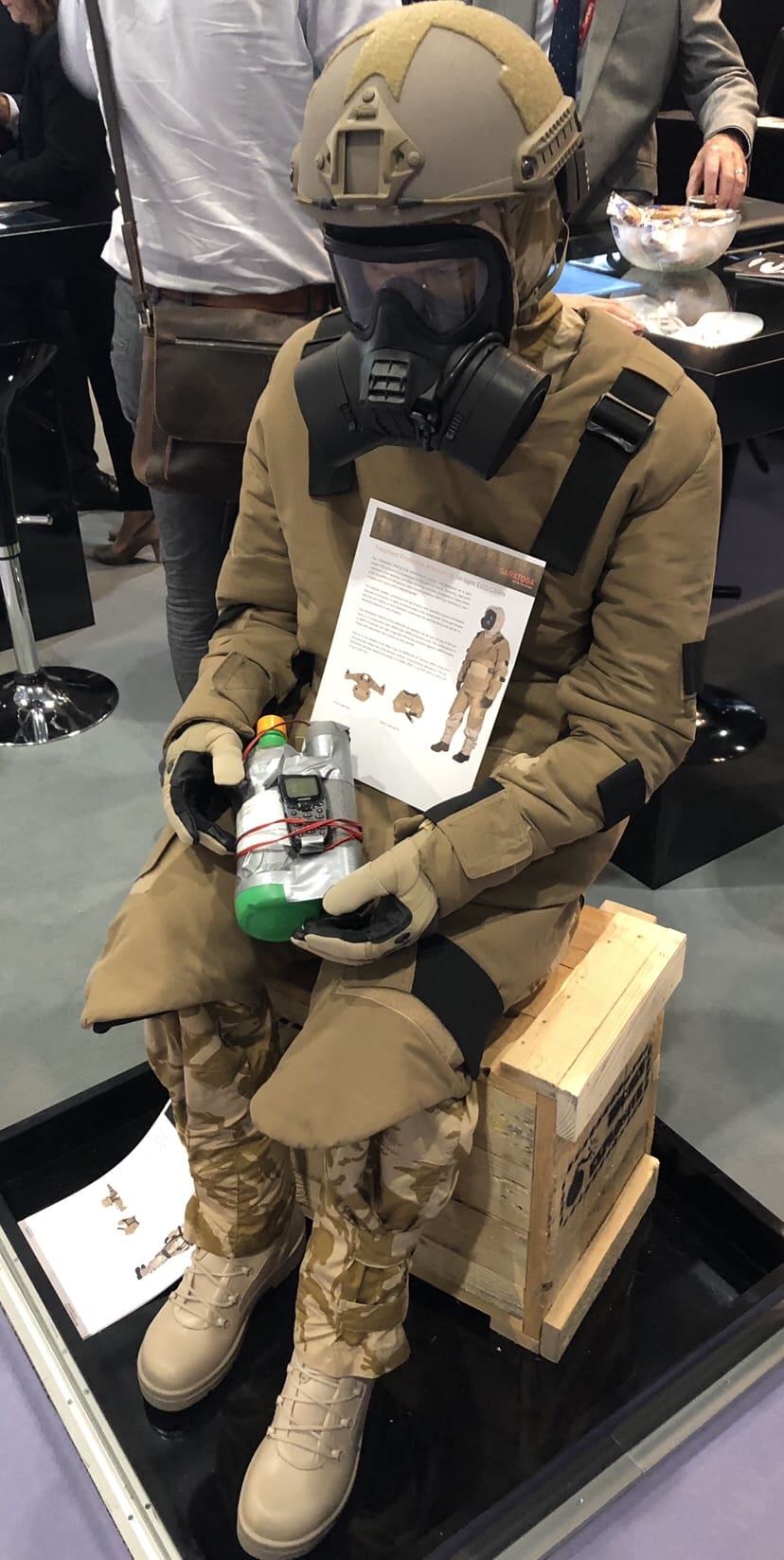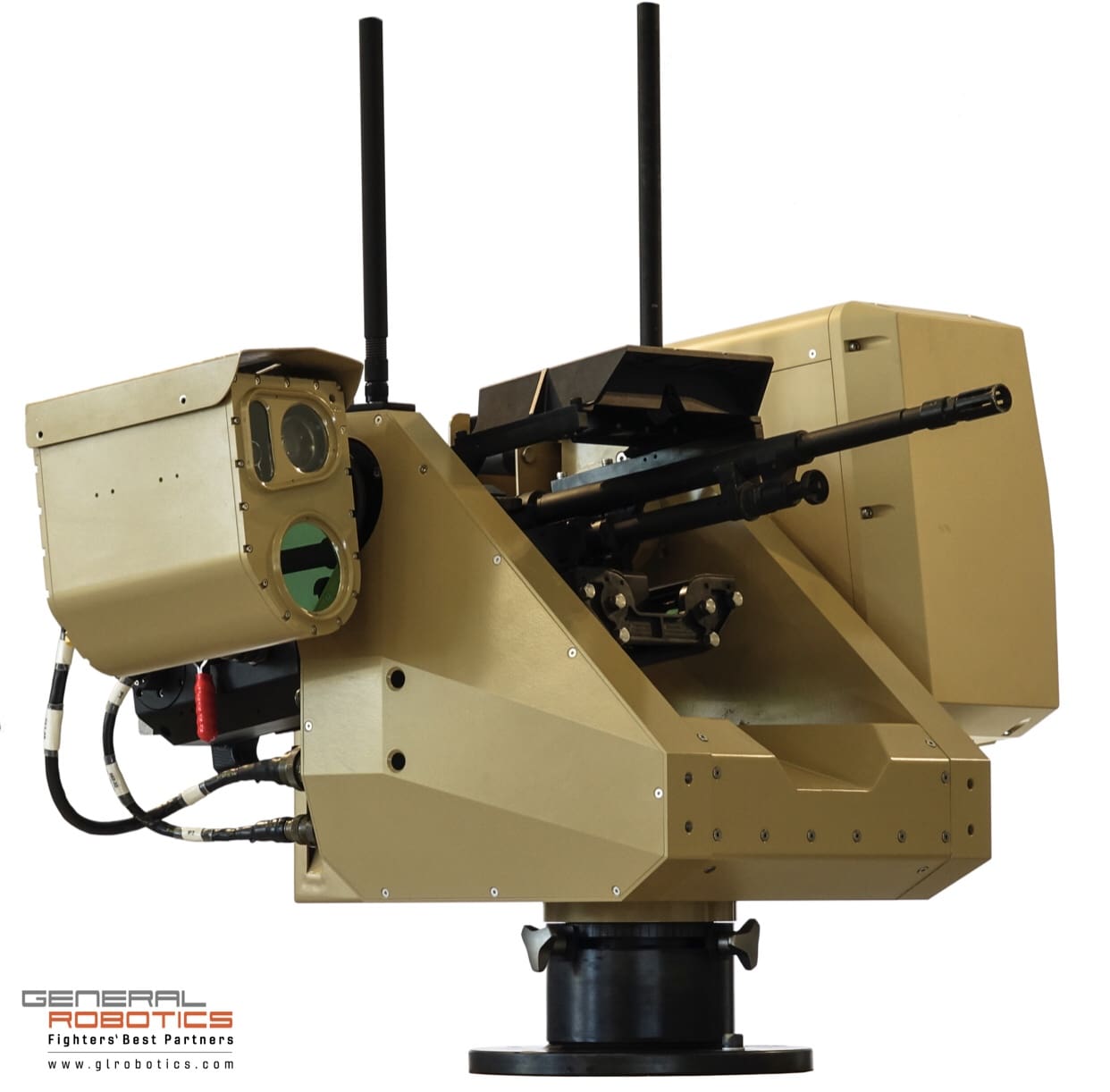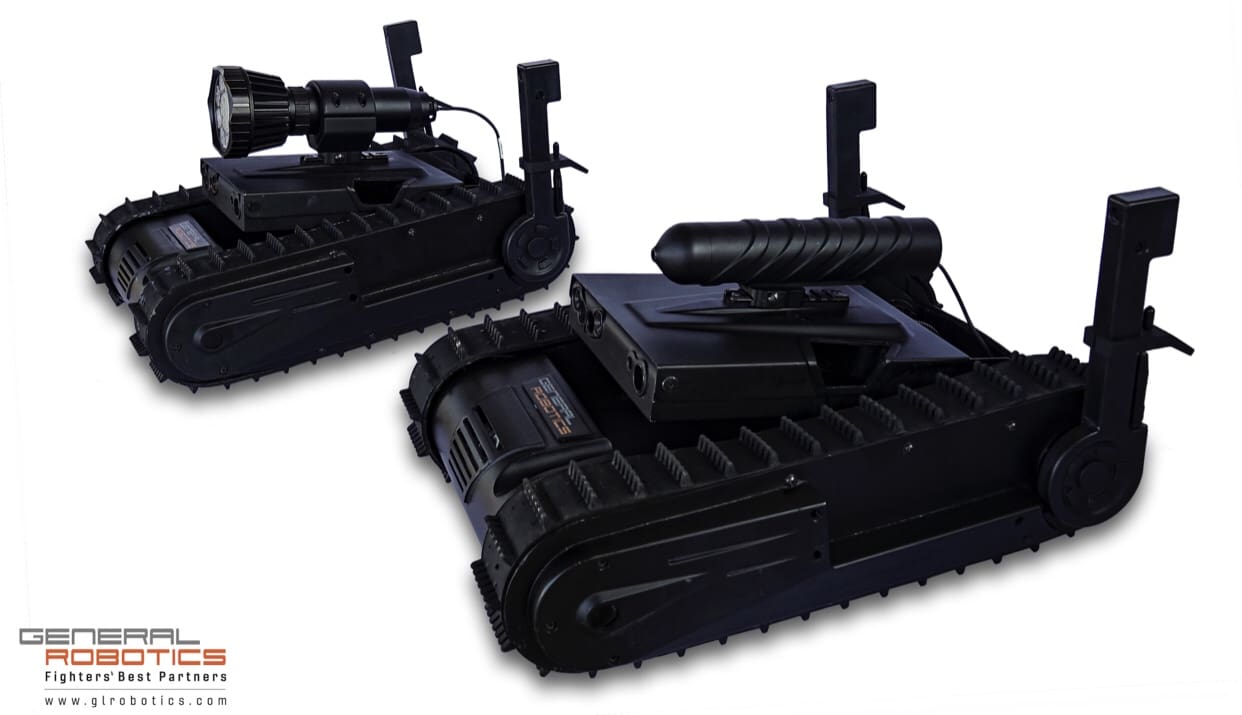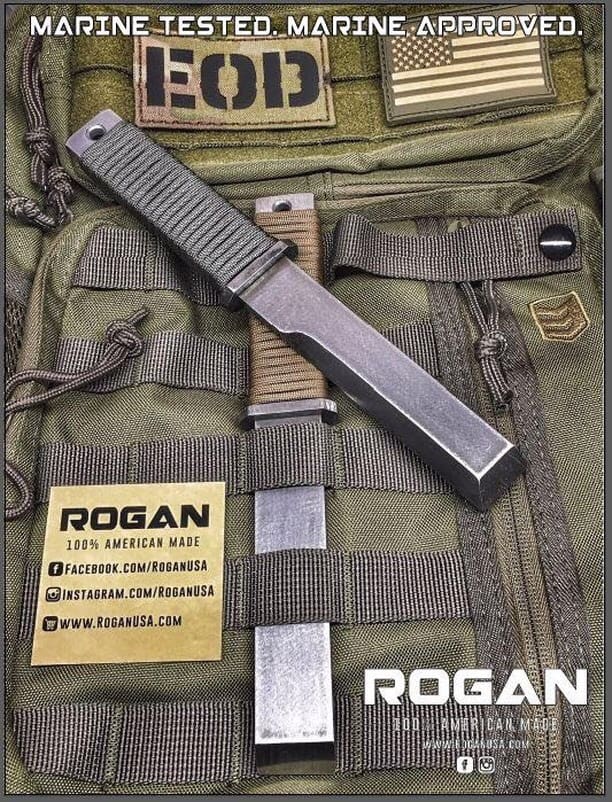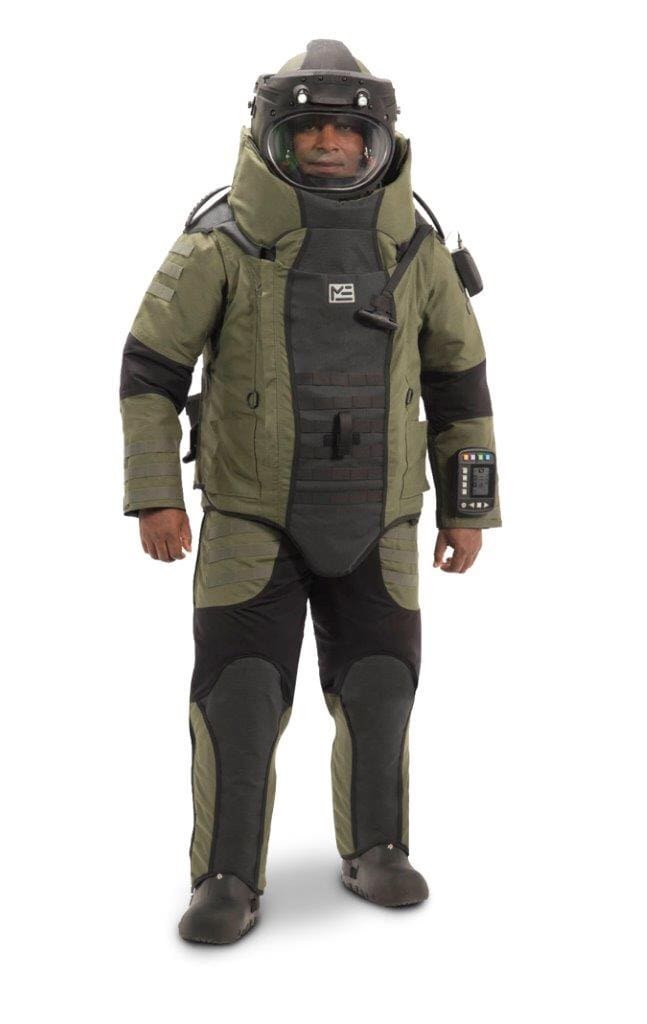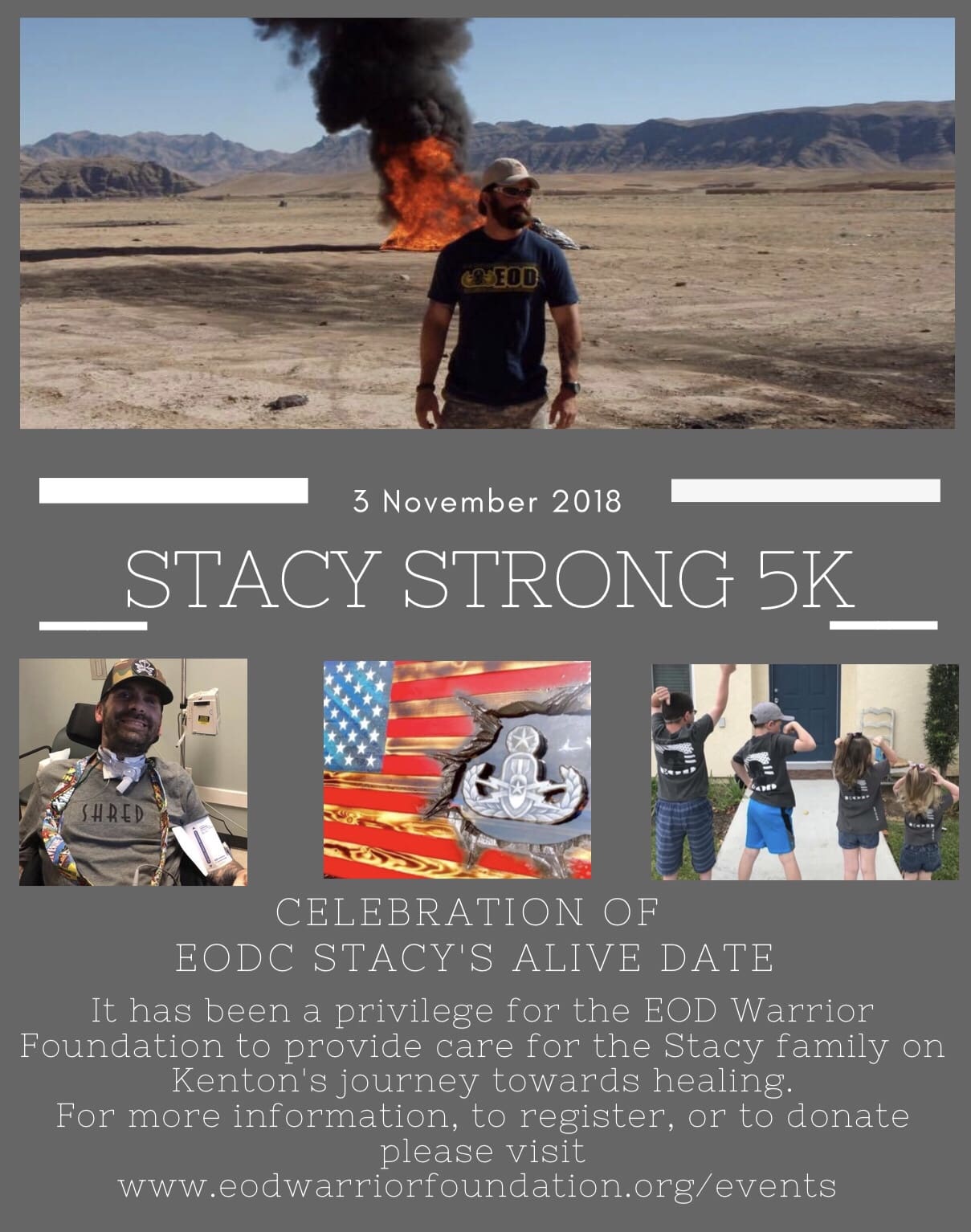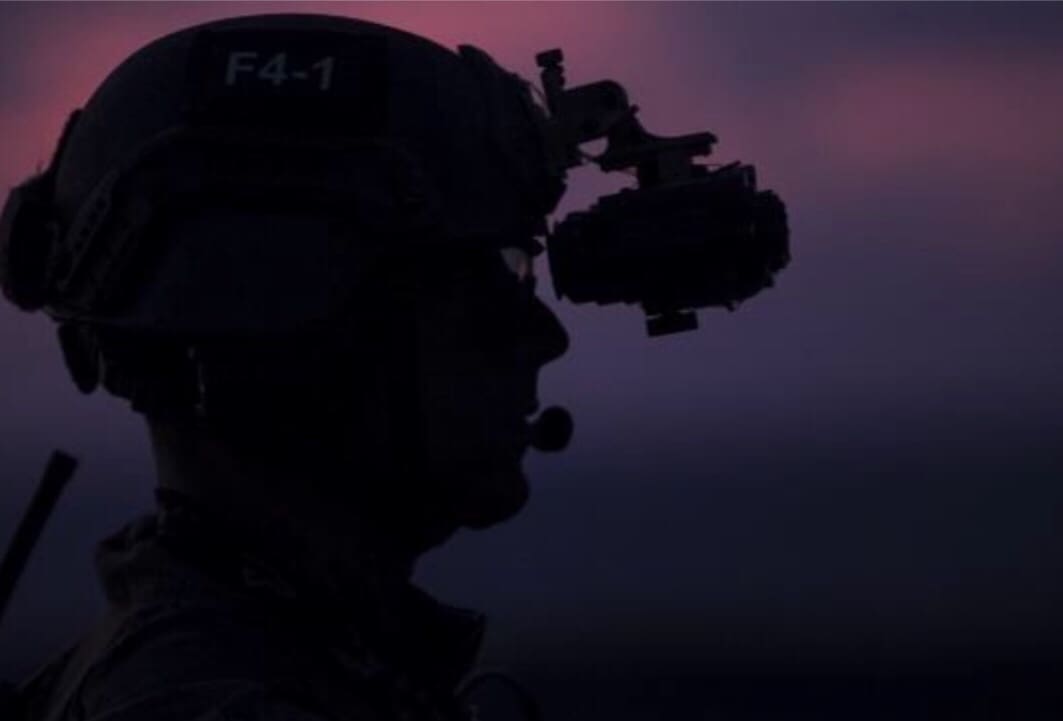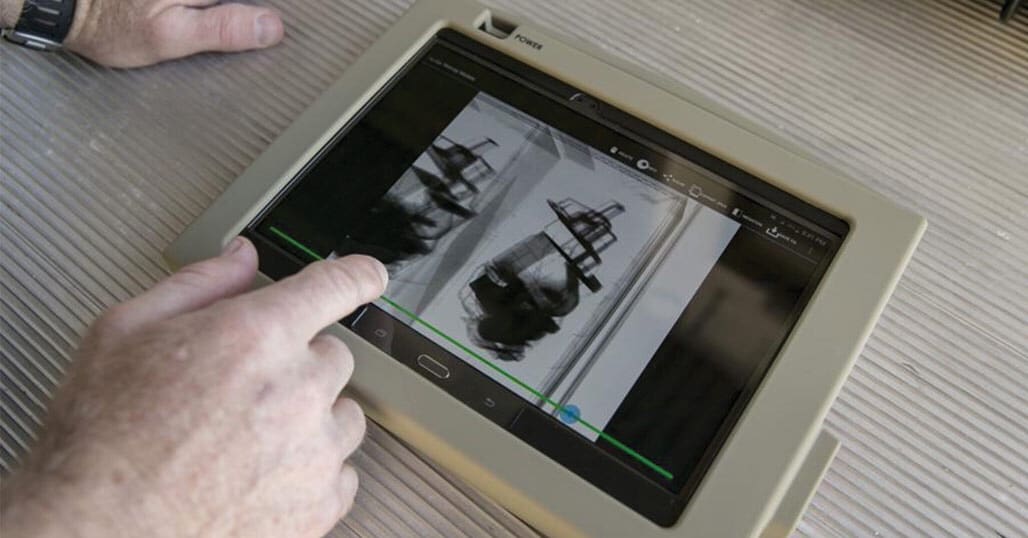Sales Manager, US Regular Full Time, DC Metro Area
Med-Eng* products are trusted in over 100 countries worldwide. It offers the leading brand of Explosive Ordnance Disposal protective equipment, including suits and helmets for EOD, bomb disposal and tactical teams. In addition to its bomb disposal equipment, its product line includes a vast array of specialized tools for unexploded ordnance, high risk search and demining operations. Med-Eng crew survivability blast attenuation seats and thermal management’s solutions protect military vehicle occupants and their mission critical electronics from the blast effects of Improvised Explosive Devices (IEDs) and heat stress.
Med-Eng is world-renowned for its aggressive Research & Development programs and collaborative approach to meeting customer requirements.
Currently, Med-Eng has a challenging opportunity for a Sales Manager, working from home office in the DC Metro Area.
Summary:
The successful candidate is responsible for meeting sales revenue targets within assigned market. Identifies and successfully secures sales opportunities in designated markets, regions or territories. In addition to promoting Med-Eng’s products (ROV) to clients, the incumbent is responsible for developing strategies to penetrate new markets/accounts, conduct account planning and maintain major account plans to maximize revenue from existing customers. Regularly monitor’s team progress against sales targets and develops new strategies/sales plans to ensure target achievement. Participates in the identification of new product ideas, interacts with Med-Eng’s agents and corporate business partners and provides post-sales support to end users of Med-Eng’s products and services.
Duties & Responsibilities:
Working within assigned territory, key objectives will include:
• Developing a detailed understanding of products, sales objectives and strategies, pricing and delivery policies and practices;
• Understanding the prospects’ and customers’ critical issues and initiatives and linking solutions to ensure achievement in these key areas;
• Developing and implementing effective sales plans to generate revenues for Med-Eng standard products within assigned geographic territory;
• Conducts presentations and training demonstrations for Med-Eng products within sales territory;
• Maintains existing customer contacts, and initiates and establishes new contacts within specified territory;
• Establishing and maintaining high-level, executive contact with accounts, focusing on the establishment and maintenance of strategic relationships;
• Qualifying prospects according to Med-Eng capabilities and applicability. Managing the execution of the sales process and leveraging appropriate resources to secure sales;
• Assuming ownership of presentations, proposals and other documents including RFP and RFI responses;
• Providing accurate sales forecasts based upon realistic close timelines;
• Communicating product improvements and recommendations that originate in the field;
• Utilizing automated forecasting tool and CRM to track all opportunities and prospect/customer related information;
• Provides functional and technical guidance and leadership to distributors and end users.
Qualifications:
• Five (5) years proven experience selling protective products and services into the first responder/defense industry;
• Experience in the ROV Market;
• Previous relevant experience in law enforcement/first responder community an asset;
• Aggressive, highly motivated hunter with a solid sales track record;
• Proven experience closing sales;
• Familiarity with state and local procurement practices and funding sources (grants);
• Ability to penetrate and sell to government decision makers;
• Must be an articulate, persuasive and passionate communicator;
• Ability to travel up to 50% of the time.
Please apply by submitting your resume to med-engcareers@safariland.com
Med-Eng is an equal opportunity employer, committed to diversity and the principles of employment equity and affirmative action.
